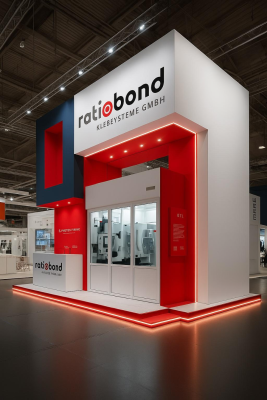Wir sind ein mittelständischer Hersteller von Schmelzklebstoffen mit Sitz in Bremen.
Unsere Mitarbeiter verfügen über langjährige Erfahrung in der Schmelzklebstoffindustrie, insbesondere in der Entwicklung und Produktion optimaler Klebstoffe für den jeweiligen Bedarf des Kunden.
Die ratiobond Klebesysteme GmbH bietet Ihnen zusätzlich als Service das dazu passende, professionelle Auftragsgerät.
Von der Klebepistole für Sticks, der Tankpistole für Patronen, Kissen und Granulate bis hin zu komplexen Schmelzklebstoff-Tankanlagen von 5 l bis 200 l – individuell auf Ihre Anwendung abgestimmt.






